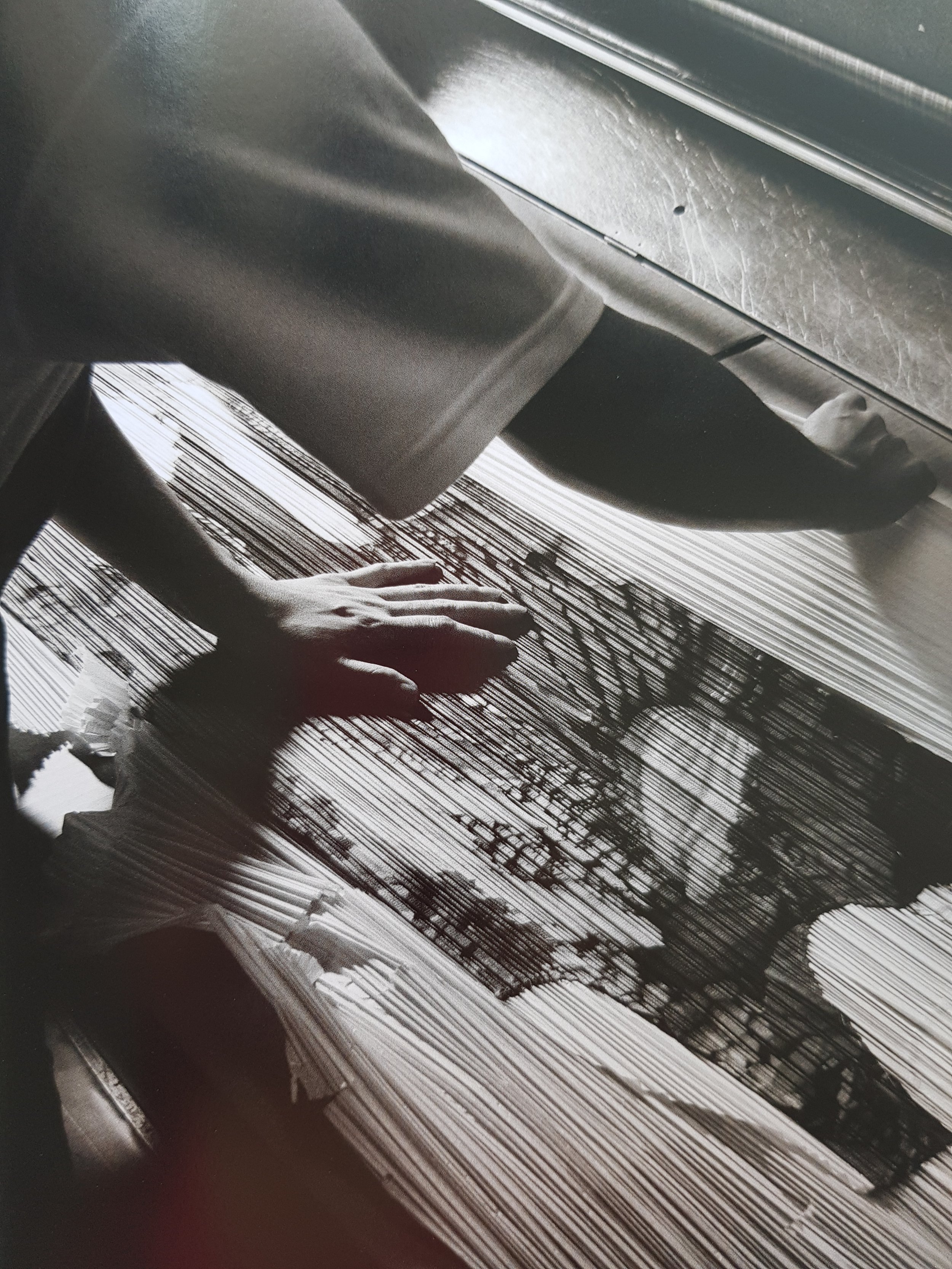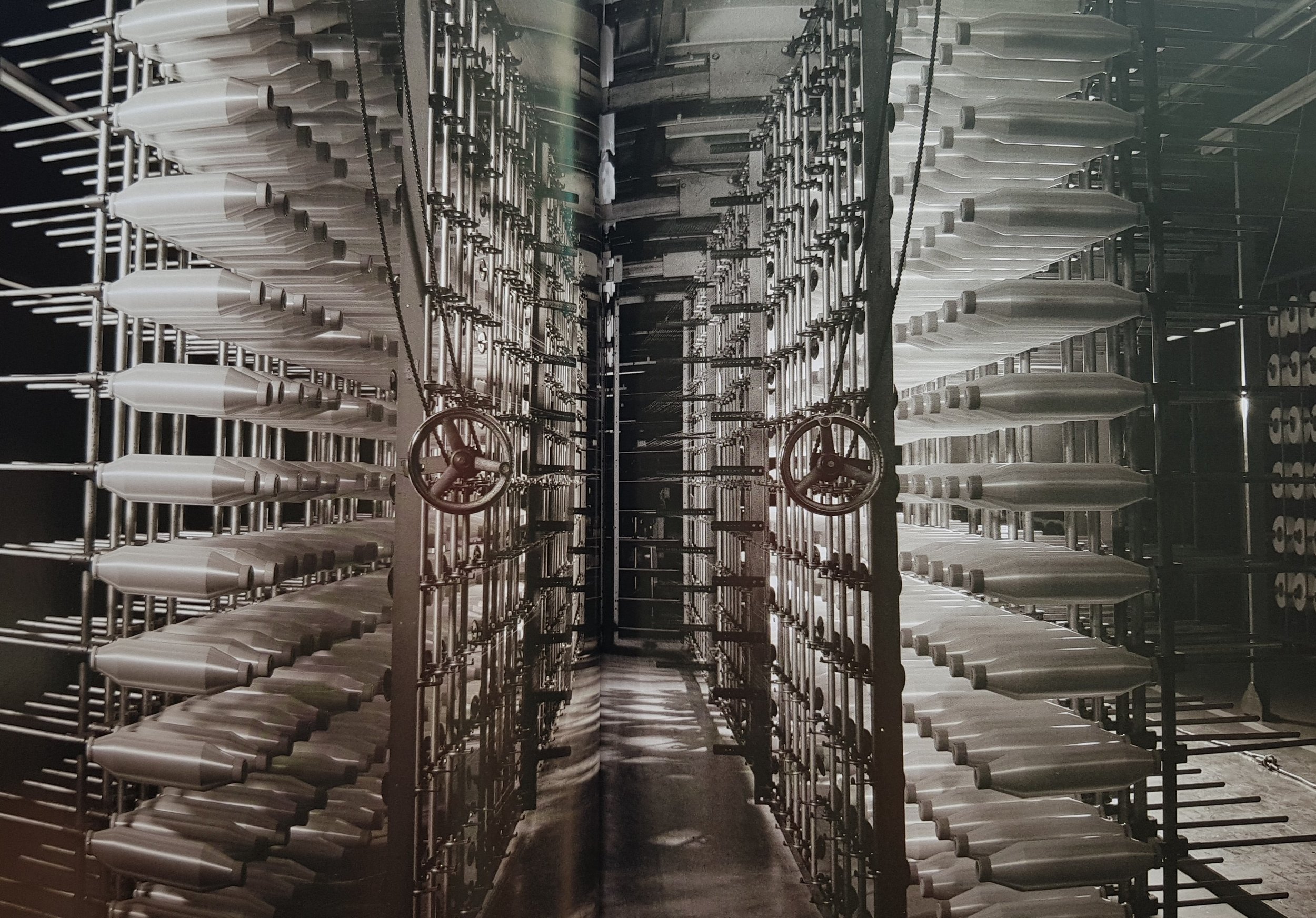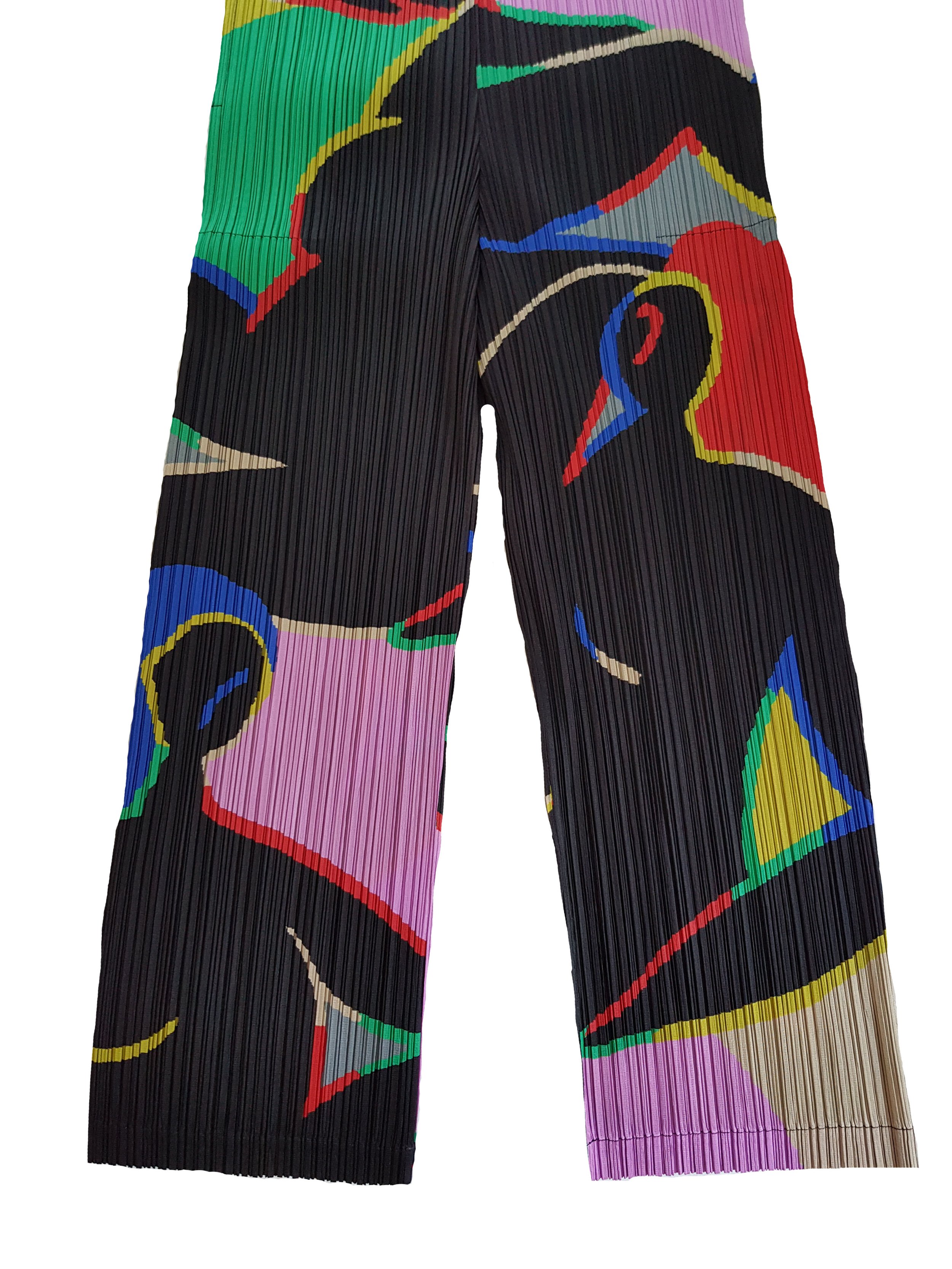Dig into the Issey Miyake PLEATS PLEASE textile universe
The story of how it all began with the pleating technique & the process of pleating to create the beautiful Issey Miyake collections in Japan.
Parts of the knowledge in this blog derives from the book Pleats Please by Issey Miyake.
The revolutionary story of PLEATS PLEASE
Issey Miyake's pleats are iconic in 20th-century fashion. Makiko Minagawa, a leading textile designer and innovator at Issey Miyake since 1970, played a major role in the development of the PLEATS PLEASE line. An earlier example of pleated work in fashion comes from Spanish designer Mariano Fortuny, who created the Delphos dress using pleated silk inspired by Ancient Greek garments. While pleats have roots in antiquity, Miyake and his team, through innovative partnerships, gave them a fresh, modern twist.
Showcasing collections in Paris revealed a constant demand for innovation, pushing Makiko to innovate at the highest level. In the book, she explains that triathlons were becoming popular in the late 1980s, creating a need for lightweight, fast-drying materials. Miyake had come across a scarf that had been pleat-processed—made of a light polyester-silk blend. Polyester's polymers, when exposed to heat, can create permanent folds, which Miyake recognized as having great potential for functionality, such as not taking up much space when folded. The Miyake team spent four years on trials and research before launching the first PLEATS PLEASE collection in 1993.
The first creations for the PLEATS PLEASE collection were made for the Frankfurt Ballet, using knit tricot fabric (warp knit) with an atlas structure from Toray. Warp knitting involves intertwining multiple warp threads to create loops, in contrast to weft knitting, which uses a single thread to weave loops.
One issue encountered was static electricity. Since the fabric was knit, traditional antistatic treatments would not work due to the mesh expanding and shrinking. If the fabric had been woven, an antistatic treatment could have been applied more effectively.
The solution was to mix a percentage of an antistatic ingredient into the polyester chips before creating the filament thread through fusion spinning. In this process, raw polyester chips are liquefied with heat, extruded through a cap, extended, solidified, and spooled into thread on drums. Each drum weighs 8 kg and holds 2,000 km of thread. This method was how the original thread for PLEATS PLEASE was developed.
The innovative process behind the pleats
An unconventional pleating process is applied to PLEATS PLEASE garments, known as "garment pleating." Instead of pleating the fabric before sewing it into a garment, the pleating takes place after the garment is sewn. Polytex, a small factory established in 1967 with around 60 workers, plays a key role in this process. At Polytex, much of the manufacturing process is manual, including cutting, basting, sewing, pleating, and inspecting. Today, the factory uses over 30 machines and offers various pleating techniques, such as "random pleats" and "pleat & crush." Kiyoshi Takahashi, an engineer at Polytex, explains, "I believe that in order to create something that moves someone, you have to use your hands. And you have to put your soul into it."
Beautiful prints on pleated garments
Toray, established in 1926, originally stood for "rayon," but today the company manufactures a wide range of products, including chemicals for plastics, carbon-fiber composite materials, and environmental engineering solutions. Miyake’s first job was at Toray in 1963. Alongside Toray, companies like Kanebo, Teijin, and Asahi Kasei are among Japan's top synthetic fiber manufacturers. Seiren Co., Ltd., founded in Fukui Prefecture in 1889, developed Japan’s world-renowned inkjet print technology for fibers. Their "Viscotecs" digital production system combines decades of expertise in software, hardware, chemicals, and inkjet pigments, allowing for the printing of 16,770,000 colors. Seiren was the first in the world to mass-produce inkjet printing on fabric and has been involved in PLEATS PLEASE since 1996.
Circular Economy & sustainability principles in late 90s
Sustainability was a consideration for the Miyake team from an early stage. A take-back system was implemented in Miyake stores, though they receive few returns due to the durability of the products. In 2012, a new recycling initiative was launched in collaboration with partners, making it possible to use retrieved PLEATS PLEASE products for energy, rather than conventional recycling, which typically converts fiber products back into raw materials.
As far back as 1996, the Miyake store in Tokyo offered a unique customization experience: customers could choose a print by an artist and the shape of their dress, then watch as their dress was made in real-time. The possibility of such customization back then is truly mind-blowing.
My very own PLEATS PLEASE
I bought this beautiful jumpsuit in the Issey Miyake store in Minato City in Tokyo, 2019.












